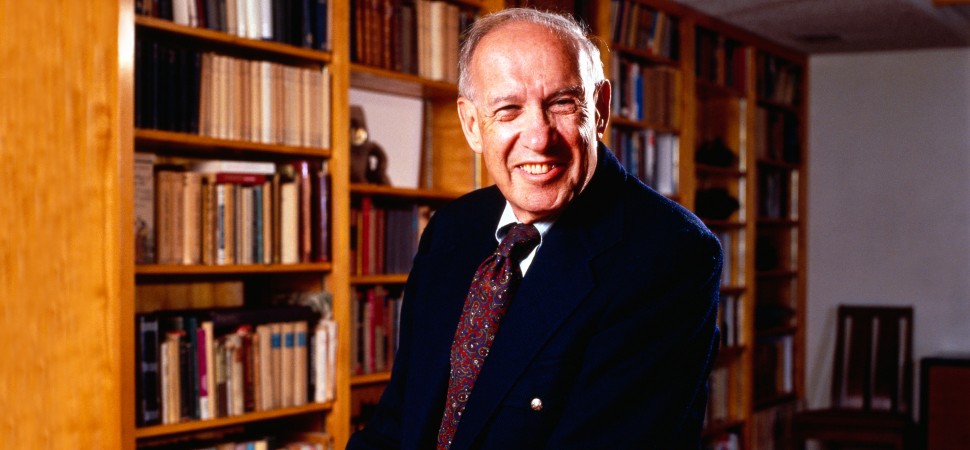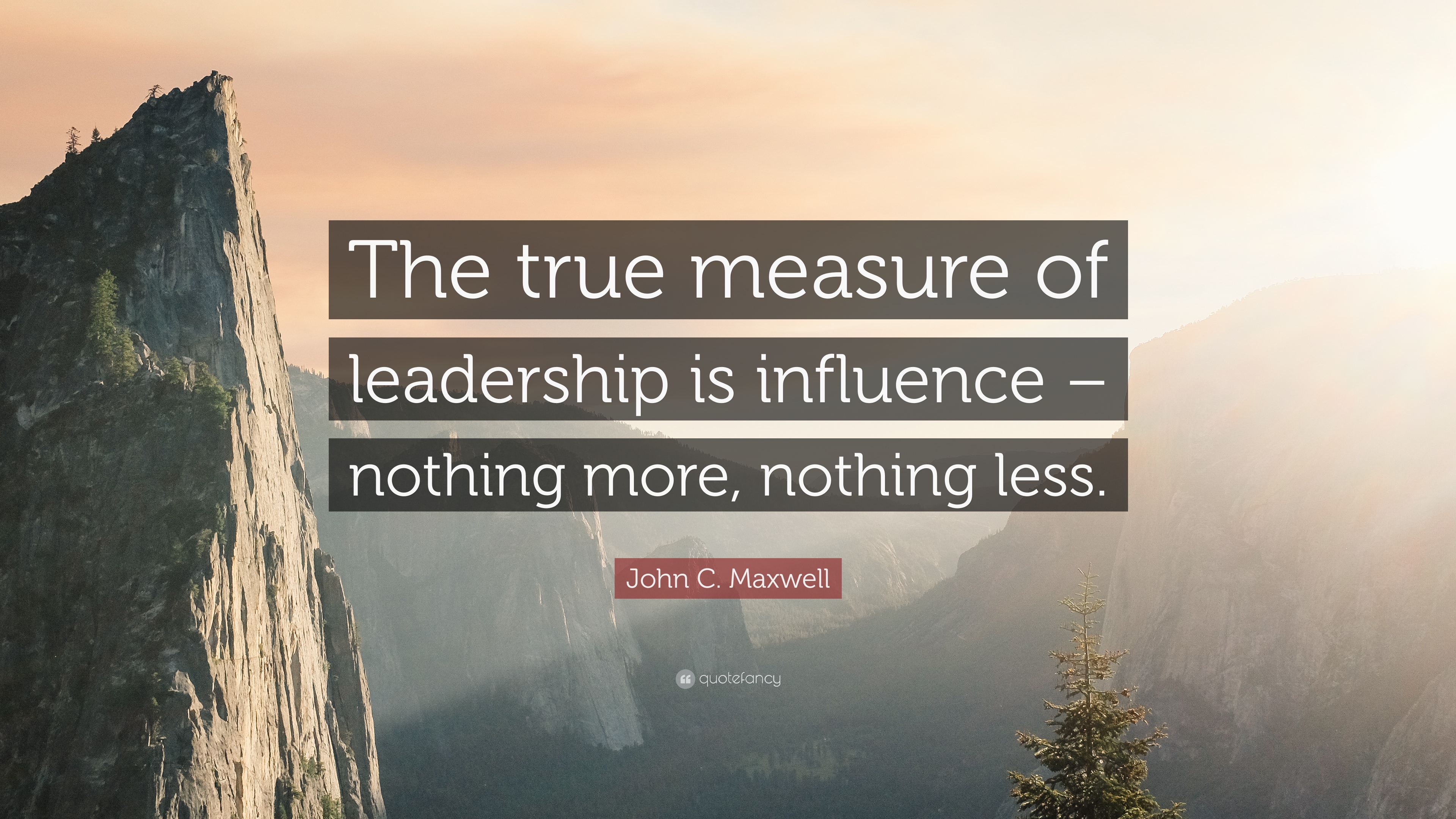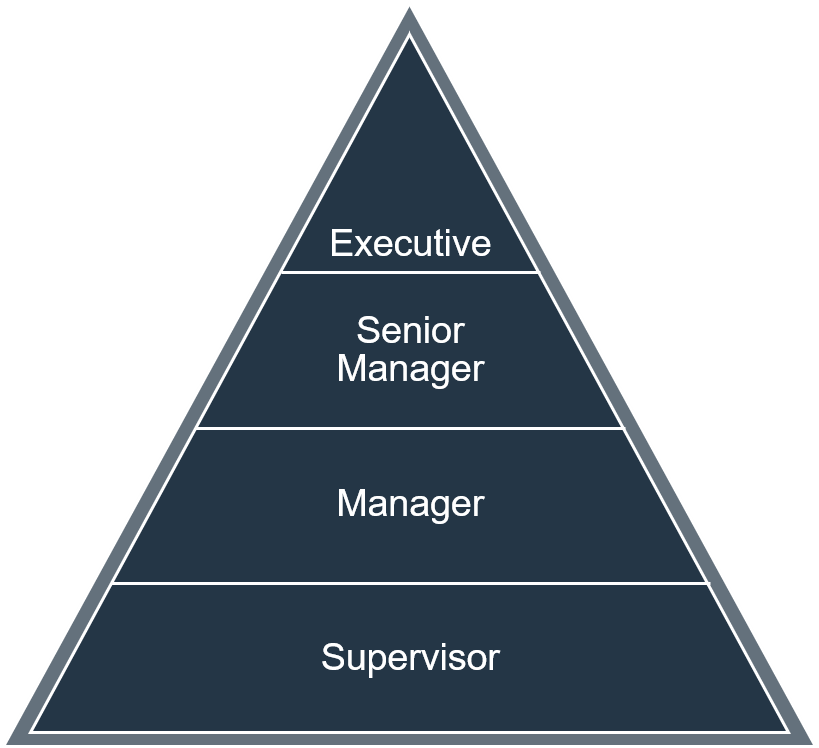Over the years experts have provided their own definition of leadership. Several of these make sense to me while some are difficult to follow. The longer the explanation the more suspect I am. The one definition that I found most useful is from John Maxwell. If you are not familiar with John – he is considered one of the top leadership gurus in the world. In his book, Developing the Leader Within You, John offers a simple definition. One that is easy for all of us to understand.
Leadership Is influence. That’s it. Nothing more; nothing
John Maxwellles s.
Your ability to influence others…for better or for worse
I agree with John Maxwell. Leadership is all about how well you can influence others. If you are put in charge of a team, can you lead them effectively? Can you influence them enough to get the job done? If so, you are a leader. If not, it is harder to tell. You probably are not.
Influence is a double-edged sword
Good

Some of us think we are leaders, but we actually are not
Maxwell makes an astute observation in the same book. This quote always makes me smile.
My favorite leadership proverb is: He who thinketh he leadeth and hath no one following him is only taking a walk.
John Maxwell
The quote is funny. It is also true. If nobody is following you, then you are actually leading no one other than yourself. In my career, I have worked with several leaders who thought their team was following them. In fact, nobody was behind them. No one was on board with their plan. If only the leader would have taken the time to check, he would have realized that no one was following. He was only taking a walk – alone. Make sure you do not fall into the same trap. Check to see if your team is following you. If not, stop what you are doing, and go talk with them to identify the reasons they are not. Reality check – you may be the problem, not them.

Peter Drucker’s definition of leadership
I am a big fan of Peter Drucker. He was one of the most respected leadership experts in the world. His book, The Effective Executive is a classic. Everyone should read it. In fact, if you have not read his book, and you are a leader, add it to your reading list for this year. It is that good. Drucker points out that there is a big difference between leading and managing. My favorite quote from him about this topic is below.
Management is doing things right; leadership is doing the right things.
Peter Drucker
Many of us are managers, not actually leaders
Drucker is drawing a clear distinction between management and leadership. I agree with him. There are several differences. I will not repeat content from two previous posts that describe the Common Management Model and the Uncommon Leadership Model. Rather, I want to point out that according to Drucker’s definition what you do as a leader is important. Many of us find ourselves in a leadership position, but we are not leading. We are managing. We are more focused on doing things right than asking ourselves if we are doing the right things. If you are a leader, follow Drucker’s advice. Spend your time wisely on the things that really matter. The activities that will drive results and make a positive impact.

Leadership is comprised of many components, not just one definition
This week I am sharing some of John Maxwell and Peter Drucker’s perspectives on leadership. In the next two weeks, I will share thoughts from two of the most famous US Army Generals in history – Colin Powell and Dwight Eisenhower. By putting all these pieces together I think we start to appreciate both the complexity and components that comprise leadership.
The good and bad news about the definition of leadership
First, here is the bad news – leadership is not easy. If it was everyone would be an effective leader. Let’s finish with the good news – leadership can be learned. That is the primary reason why All The Way Leadership! exists. To help train the next generation of leaders so that they can change the world, and make it a better place to live. We can do it.
ATW! is designed to make you a better leader
I hope you join me on this journey to raise up the next generation of leaders. The world is in desperate need of more great leaders. Women and men who lead with confidence, clarity, and creativity. It’s time to become the leader that your world needs. Let’s go All The Way!








